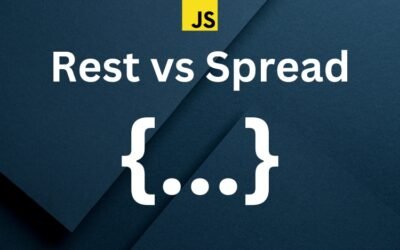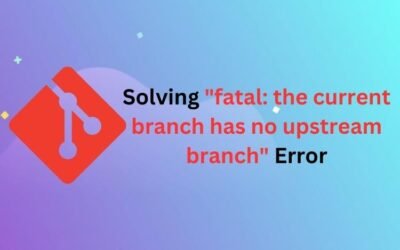Blog
My Blog
Exploring JavaScript ES6: A Comprehensive Guide to JavaScript ES6
JavaScript ES6 JavaScript ES6 (ECMAScript 2015) introduced a wide range of new features and enhancements to the JavaScript programming language. ES6, short for ECMAScript 2015, is the sixth edition of the ECMAScript standard. It brings several new features and syntax...
Mutability vs Immutability in JavaScript: Understanding the Differences
JavaScript, being a widely used programming language, offers developers various ways to handle data. One key aspect to consider is mutability versus immutability. These concepts determine whether data can be modified or remains unchanged once created. Mutable objects...
Sorting Arrays in JavaScript: Alphabetically and by Object Property
In JavaScript, sorting arrays is a common task when working with collections of data. Sorting an array alphabetically or based on a specific property of objects within the array requires understanding the array's built-in sorting method and implementing custom...
JavaScript Rest vs Spread Operator
In JavaScript, three dots (...) are used for both rest and spread operations. But they do different things. Rest takes remaining user-provided values and puts them into an array. Spread takes iterable items and spreads them out into individual elements. The spread and...
Ternary Operator in JavaScript – Syntax and Example Use Case
Ternary Operators in JS In the realm of JavaScript development, developers often come across scenarios where they must assign values or perform certain expressions based on conditions. To address such conditional requirements, the ternary operator proves to be a...
Solving “fatal: the current branch has no upstream branch” Error
Have you ever encountered the error message "fatal: the current branch has no upstream branch" while working with Git? This error can be confusing for beginners, but fear not! In this tutorial, we will explain what this error means and guide you through the steps to...







